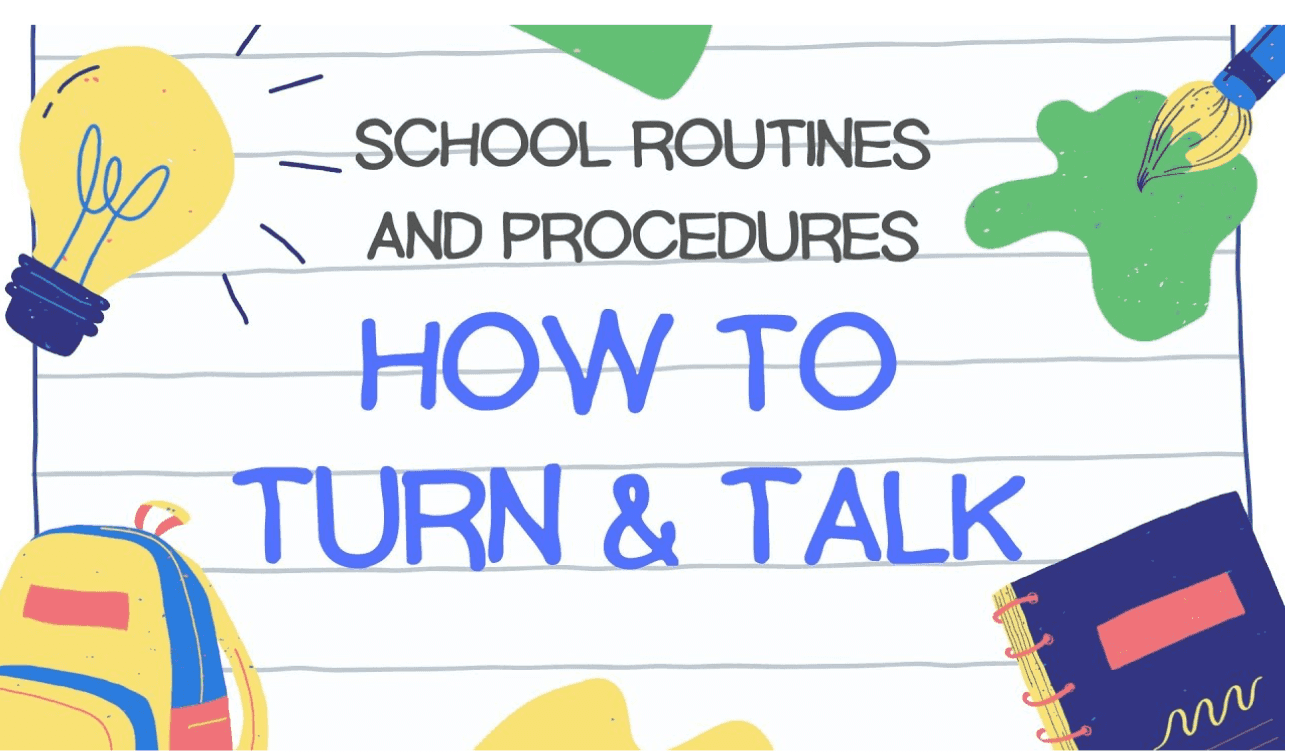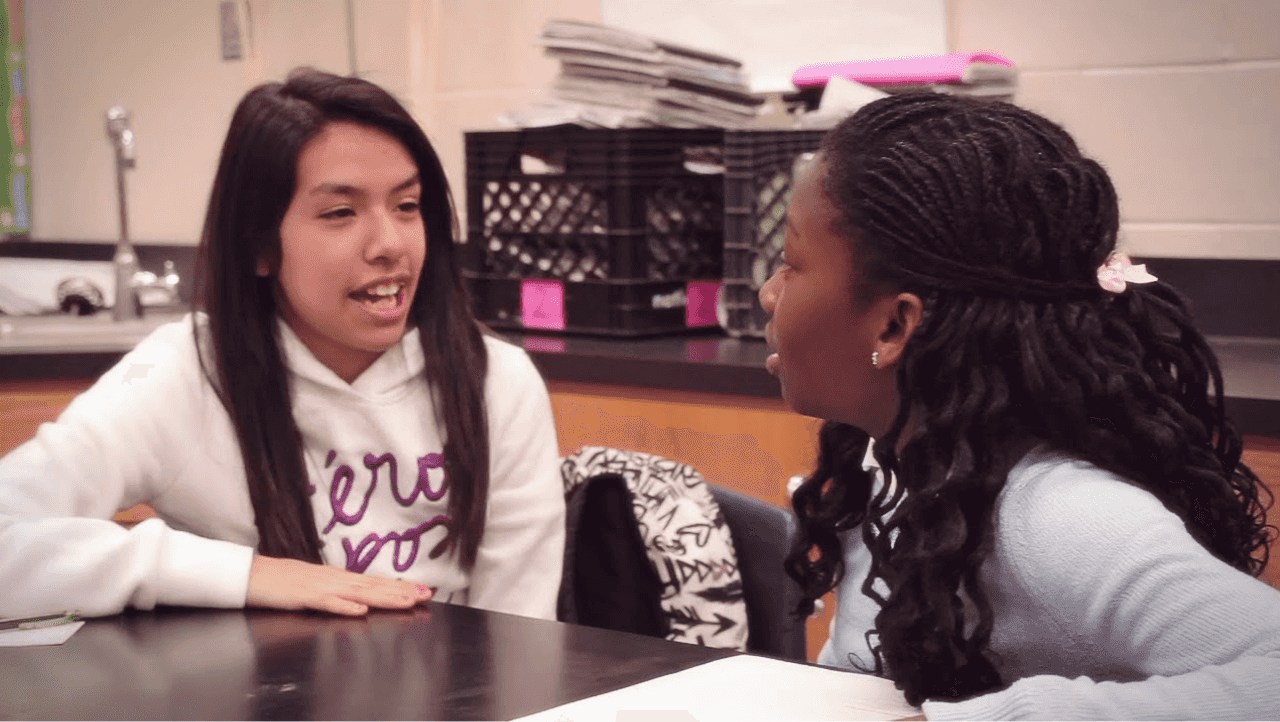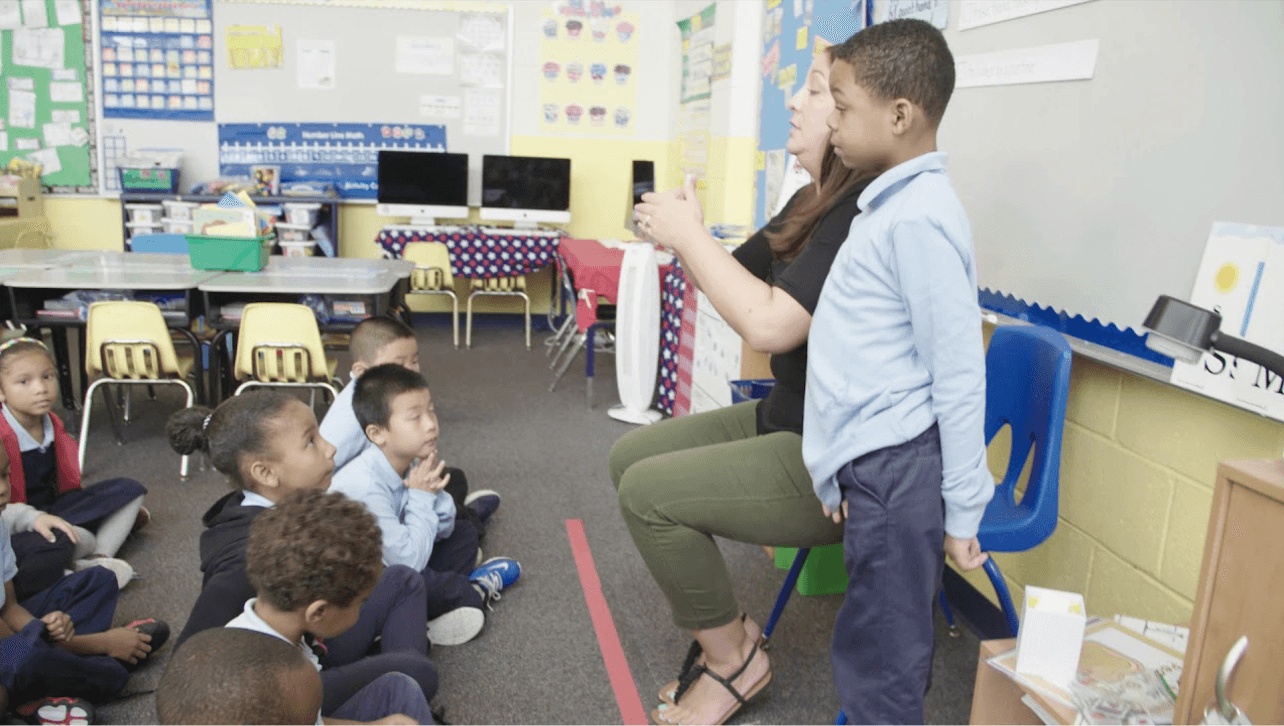
American summer tour! Wooclap will be at InstructureCon 2025
Come say hi at booth 41 from July 22nd to July 24th in Spokane, Washington
What is Turn and Talk?
📣 Turn and Talk is a classroom discussion strategy where students briefly converse with partners about specific topics or questions. Picture a classroom buzzing with focused conversations as pairs of students engage in rapid idea exchanges—each student taking their turn to speak while their partner actively listens. This collaborative approach transforms traditional teacher-centered instruction into dynamic learning experiences where students actively participate in constructing knowledge[1][2].
✅ BENEFITS: This technique substantially enhances learning outcomes through multiple mechanisms. It dramatically increases participation by giving all students—not just the few who typically raise hands—opportunities to verbalize their thinking[2]. For English language learners and shy students, these structured interactions provide low-pressure speaking practice[3][4]. Additionally, the brief discussions serve as cognitive processing breaks that enhance information retention and help maintain student attention throughout lessons[5][6].
🎯 IMPLEMENTATION: Effective Turn and Talk requires thoughtful facilitation. Teachers should develop open-ended questions that promote critical thinking rather than simple recall[4][7]. Establishing clear expectations—including time limits (typically 1-2 minutes), speaking turns, and listening behaviors—creates productive conversation structures[8]. While students discuss, teachers should circulate, monitoring conversations to assess understanding and identify misconceptions that need addressing[8][9].
🔎 VERSATILITY: Though originated in traditional classrooms, Turn and Talk adapts remarkably well across diverse learning environments. In virtual settings, breakout rooms facilitate similar partner discussions. During professional development, these structured conversations allow teachers to process new instructional strategies. The fundamental principle—brief, structured partner discussions—can enhance engagement in various contexts from outdoor education to community meetings, making it a versatile tool for promoting active participation in any learning environment[10].
Sources —
[2] https://thesixshifts.com/2024/07/turn-and-talk/
[3] https://www.continentalpress.com/blog/using-turn-and-talk-encourage-ells/
[4] https://www.ascd.org/blogs/a-high-school-teachers-guide-to-turn-and-talks
[5] https://www.fishtanklearning.org/teacher-support/blog/4-turn-and-talks/
[7] https://choiceliteracy.com/article/improving-turn-and-talks/
[8] https://vietnamteachingjobs.com/turn-and-talk/
[9] https://fpblog.fountasandpinnell.com/opportunities-for-intentional-talk-in-the-classroom
A monthly summary of our product updates and our latest published content, directly in your inbox.



